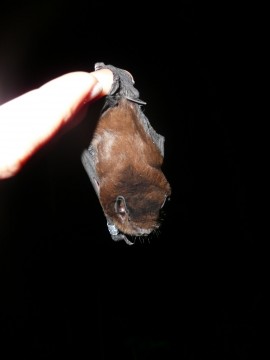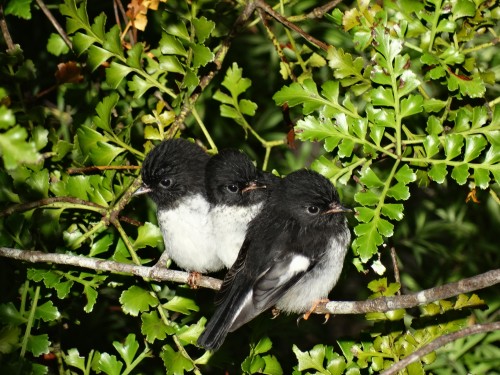The battle to keep our bats
Crawling out of my tent at dusk, I noticed the erratic flight of a long-tailed bat high above the kahikatea trees surrounding the Pelorus Bridge Campground. That sighting led not only to five years of surveys for these elusive creatures across the top of the South Island, but also the instigation of a pest control programme at Pelorus Bridge/Te Hoiere.
Fifty years ago bats seemed plentiful around the rivers of the Buller, the Pelorus, the Wairau, and the Motueka. The beech forested slopes and tall podocarp tracts of forest surrounding large rivers provided all that the little mammals needed to survive – or seemingly so. But a quick check with local DOC staff, and I got the feeling that not all was well.
After the sighting at Pelorus Bridge I started asking questions. Conversations with long established ecologists described them as “around, but in small numbers, not entirely sure”.
That wasn’t good enough for our native terrestrial mammals – edging closer to the status of extinction every time a threat classification review was undertaken. Occasional survey work had been undertaken around Nelson Lakes, Maruia and in the Aorere – but no substantive work appeared to be ongoing. And of course, the methodologies made bat detection a tough ask: walking around at midnight clinging to a little black box that might click at you if a bat happened to fly past at the right time.
So Forest & Bird, along with the support of sponsors, helped fund a five year survey programme. Contracting the expertise of batman Dr Brian Lloyd, we spent the last five summers surveying across the South Island … from the western catchments of Kahurangi National Park, to the outer Sounds and the forested hinterlands.
The results are depressing, surprising, and exciting. Depressing because it is very clear the numbers of bats across the South Island has plummeted significantly. Where populations were once known to abound, they no longer exist. Where short-tailed bats were known to frequent – none can be found. Surprising because we’ve found out a lot of people have histories and stories of bats – like finding one in your kitchen, roosting in culverts or road tunnels. And exciting because of some of our special finds – like the large numbers on D’Urville Island in the Marlborough Sounds.
Pelorus Bridge though has proved to be our ‘home’ for long-tailed bats in the top of the South Island. Not only does it have some of the highest densities, but on the right summer evening we can almost guarantee you will at least hear, if not see, a long-tailed bat. And that’s something very few New Zealanders will do. Long-tailed bats in the South Island are now ranked as nationally critical – expected to be gone from the mainland in 50 years unless we do something. So our pest control programme in conjunction with Ngati Kuia and the Department of Conservation, is our attempt to change the record.
Having completed the five years of surveys and initiated the now prize-winning Te Hoiere Pelorus Bridge Bat Recovery Project; Brian and I decided to embark upon the challenge of pulling together not only the science and technical community (the genuine batmen and batwomen) but also the volunteers, the conservation minded, the groups, and the good hearted companies – to come together and help us take bat conservation forward into the future.
Themed Bat Conservation: Working Together; this bat conference will be a true mix of science and practicality; a mixture of right information and passionate enthusiasts. It will be a chance to take the bat – our precious and elusive creature – and put it on the conservation map across New Zealand. So jump on board, head on down to Marlborough in March next year – and get batty!



